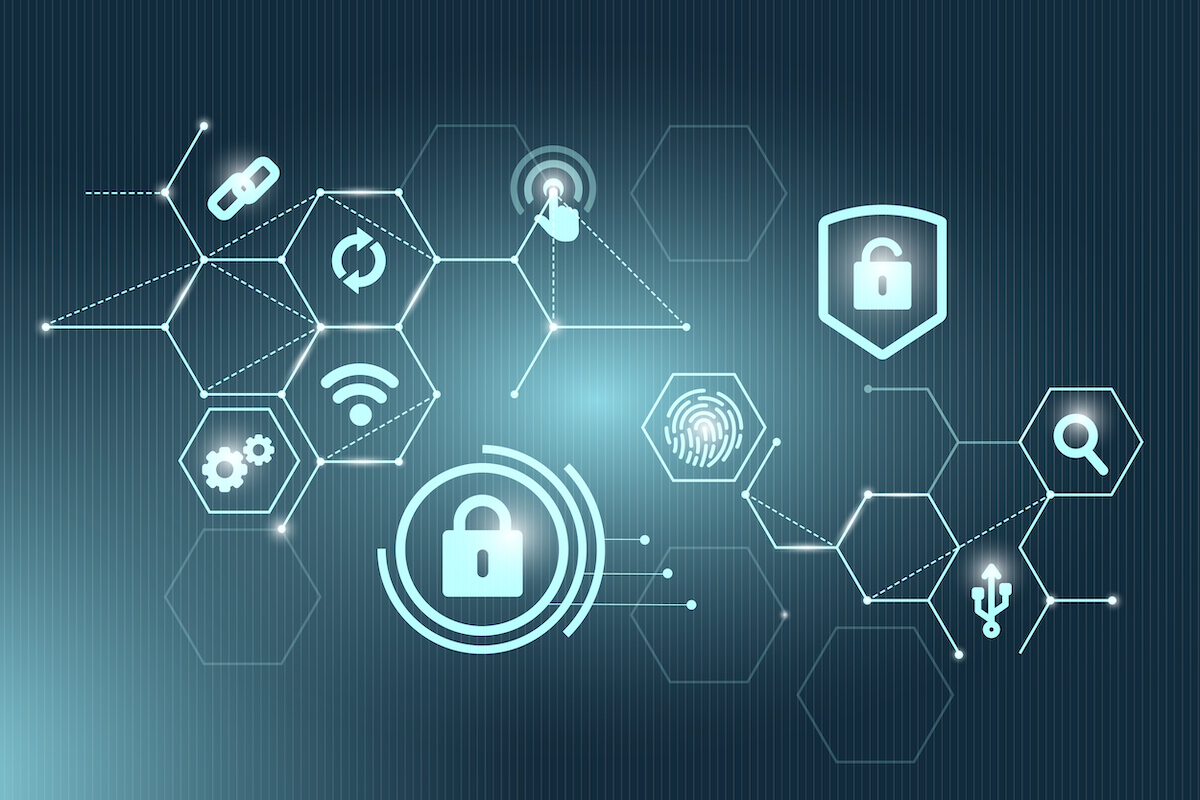The Critical Role of Security and PKI in IIoT Environments
The Industrial Internet of Things (IIoT) is all about connecting machines, systems, and sensors to provide operational efficiency and other benefits to industrial applications, similar to the benefits achieved in the world of Internet of Things (IoT) and connected devices The IIoT ecosystem is a collaboration of multiple technologies and partners, which must work in conjunction to deliver the expected benefits and insights. Underneath this lies a framework of complex communication and data exchanges, all of which must be trusted and secured from malicious attacks.
Insufficient security creates myriad risks for organizations in the IIoT space, including disruptions to production, equipment downtime, loss of customers, and loss of IP and manufacturing knowledge to competitors. These risks can expose manufacturers to significant financial and reputational damage and place consumers at risk. Therefore, it is critical to ensure the data, applications, and firmware running in smart manufacturing environments are protected from manipulation and theft.
Essential components of IIoT security include the identification and authentication of subcomponents and subsystems used within the connected IIoT system. The goal is to have a continuous chain of trust, which creates a secure channel to exchange data. This can be achieved by leveraging two basic and well-established security technologies: Public Key Infrastructure (PKI) and code signing.
PKI governs the issuance of digital certificates to protect sensitive data, provide unique digital identities for users, devices, and applications and secure end-to-end communications. PKI is used in many areas of modern IT to establish trust between devices and systems alike. It can also be highly flexible in terms of deployment and scalability, which is critical in meeting global IIoT environment requirements. Ideally, PKI architectures are designed to meet factory and production constraints and can leverage options including on-premise, private cloud, secure hardware appliances, as well as public and hybrid clouds.
Secure code signing is another essential element for securing IIoT environments. Code signing prevents unwanted changes to applications and firmware that is deployed in IIoT systems. Think of it as a digital signature attached to any code or firmware package, provided by the original manufacturer to verify the authenticity of the code. With proper code signing solutions, organizations can implement securely signed software onto IIoT devices that are running critical Operational Technology (OT) systems.
PKI-based signatures, in conjunction with hardware security models and digital certificates, help ensure the authenticity and integrity of systems and code used within IIoT ecosystems. These best practices are recommended to implement scalable and secure IIoT systems for global manufacturers and keep even the most progressive threats at bay.
About the author
 This article was written by Ellen Boehm, SVP, IoT Strategies and Operations, Keyfactor. Ellen leads the product strategy and go to market approach for the Keyfactor Control platform, focusing around digital identity security solutions for the IoT device manufacturer market. Ellen is passionate about IoT and helping customers establish strong security implementations for the lifecycle of their overall IoT systems.
This article was written by Ellen Boehm, SVP, IoT Strategies and Operations, Keyfactor. Ellen leads the product strategy and go to market approach for the Keyfactor Control platform, focusing around digital identity security solutions for the IoT device manufacturer market. Ellen is passionate about IoT and helping customers establish strong security implementations for the lifecycle of their overall IoT systems.



